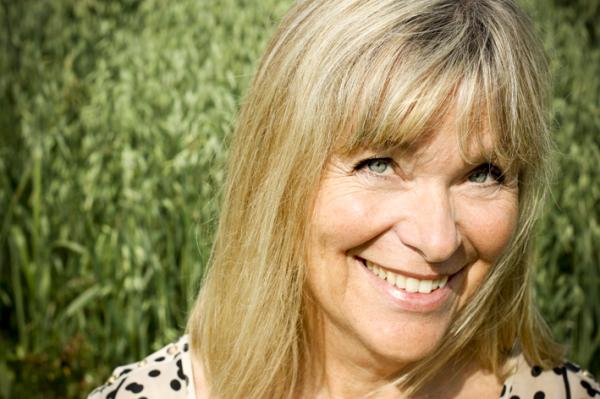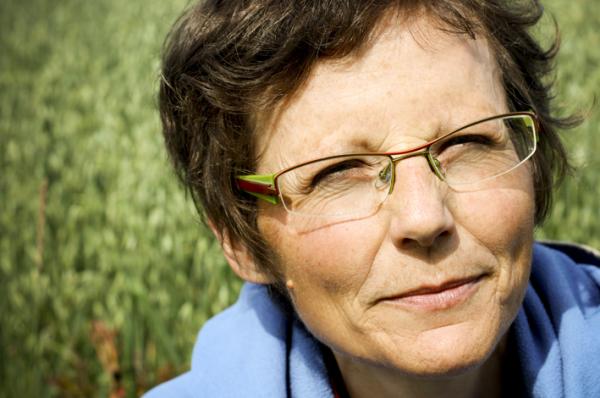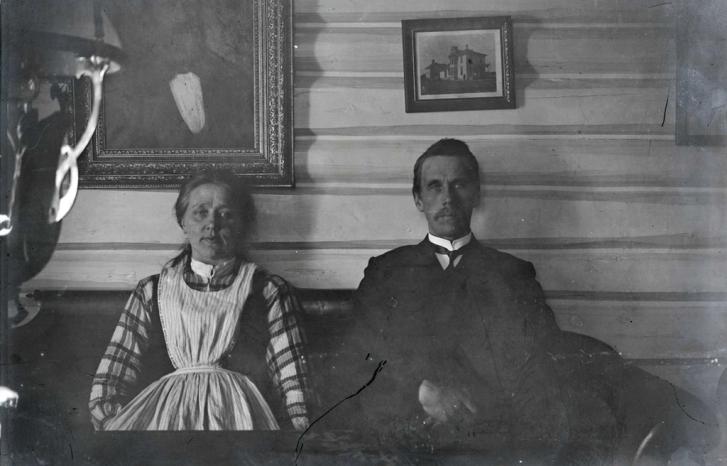“It’s more complicated to break up if you live on a farm than if you live in a residential area. Much more complicated – emotionally, financially and legally.”
This is according to anthropologist Gro Follo. Along with project manager Marit S. Haugen, a sociologist and research director at the Centre for Rural Research, Norway, she is in the final phase of the research project “Love on the farm: A risky business? Marital settlements, cohabiting agreements and divorce in family farms”. Their research reveals that a relationship break-up can be highly problematic among farm couples, because family farms are both a location for domestic life and a business.
Cohabiting couples in a weak position
In Norway, a higher percentage of farmers are married than the population as a whole. They also have a lower percentage of divorces. But statistics from Statistics Norway show that their divorce rate is also rising and that cohabiting is becoming more common among the agricultural population too.
“We have observed a clear trend that relationships between couples on Norwegian farms are changing like among other couples,” says Haugen. She builds this on statistics, questionnaires and in-depth interviews conducted since the research project began in 2009.

“Only eight percent of cohabiting farm couples said they had written a cohabitation agreement. This indicates that very many couples who do not have such a contract can be in a weak position if they break up, because cohabiting couples don’t have the same legal rights as married couples. The Marriage Act regulates to a large extent what the financial settlement will look like and takes better care of the individuals if they get divorced or if a spouse dies. For this reason farmers are recommended to marry or to sign a cohabitation agreement,” says Haugen.
The spouse’s interests ignored
Some married farm couples sign a marriage settlement in which they agree on solutions other than those established in the Marriage Act.
“Out of a sample of 600 married farm couples, we found that six percent of them had written a marriage settlement,” says Haugen.
“When we study the content of these agreements, it turns out that they are written to establish a separate property arrangement for the farm owner.”
Although a marriage settlement can also be used to safeguard the person who marries into the farm, the researchers seldom found this to be the case in the agreements they analyzed.
Difficult break-up
If a break-up occurs, the farm couple can expect a struggle ahead, according to findings from the project’s in-depth interviews.
“We interviewed people who have gone through a family break-up. Some of them had written agreements, and this could make the break-up settlement easier because the legal issues had been clarified. But things don’t always work out as agreed. Generally we see that the separation is a long-lasting, complicated process. In one case we found that the settlement even five years after the divorce wasn’t completed,” Follo adds.
“There are many considerations to take into account in divorce situations in agriculture. The family farm business, which has been the framework for the life of the couple and their children, must continue to operate. Thus it’s not as easy as selling the farm house and dividing up the assets. It’s also a challenge to figure out how much of the farm assets the person moving out can claim without destroying the farm’s viability. One thing is what a person has a legal right to; the reality is often quite different,” says Haugen.
See also: Partner violence continues after break-up
Inextricably tied to the land
The researchers found that women who married into a farm could lose out after a break-up.
“After many years on the farm they are left standing with two empty hands, and in some cases there is so much debt on the property that they are happy if they avoid leaving with debt. These might be women who have worked on the farm for years and put much effort into it,” says Haugen.

“These women lose their life’s work, where they have invested a great deal – time, work, money and love. It is precisely this that makes the break-up so complicated. Farming is different from other family businesses because farm production is so inextricably tied to the land. You can’t simply move the means of production,” Follo emphasizes.
The long-lasting break-up
“A relationship break-up is also very emotional. It is connected with ownership of the farm, which might go back many generations in a family. But the women who move out often have strong ties to the farm too. We find that when they move out, they chose to live nearby, especially so the children can still have a close connection to the farm and with their father. This is part of what we call the long-lasting break-up,” explains Haugen.
“The long-lasting break-up process also entails taking care of practical matters. For instance, we see that in some cases when the man moves out, he continues to help run the farm in a transition period,” Haugen adds.
Breaking up alone
It is commonly thought that rural communities have closely knit networks.
“You would think that many people lend a helping hand when a farm couple breaks up. The neighbours might be supportive when illness strikes, but not when divorce happens. Many tell us that they felt they had to go through the divorce all alone,” says Haugen.
“Why is it like this?”
“We find that they don’t often ask for help. Many of them want to protect themselves against gossip and rumours. Some also find that it is difficult to talk about a break-up in the agricultural sphere because so many interests are affected. It can also be difficult for people in rural communities to get involved if they are not asked to do so. Getting involved can mean that they will be forced to take sides. This can be hard in a rural community since they will also have to interact with both parties in the future,” Follo notes.
“We also find that men have the hardest time talking about their own break-up. Many tell about psychological problems related to the break-up, and this in turn can negatively affect their ability to run the farm. It is only when the difficulties turn into a crisis on the farm that we hear the neighbours and other farmers turn out to help,” Haugen says.
A predicted crisis
“People go through a break-up alone because divorce is viewed as a personal matter in our culture. What we as researchers can ask is whether the agricultural industry need to be more actively involved in this issue, since agricultural production suffers so much as a result of it,” says Follo.
“As we mentioned before, there is a growing number of cohabiting couples in agriculture, and other research shows that cohabiting partners break up more often than married couples. In addition, the number of divorces among the agricultural population is on the rise. With these increasing numbers, the break-ups might lead to a structural problem for agriculture,” Follo cautions. Haugen supports her view.
“If nothing changes, the predicted crisis will materialize. We need greater awareness of what life together on a farm means and what a break-up may result in. Counseling for couples in the establishment phase must be better, and it must be easier for couples to address questions related to property and contracts. We believe both parties will benefit from this,” says Haugen.
“In our material, some people also emphasize that written agreements make living together easier. They say that it feels like everything is in order and that life is more secure. There is no tension simmering beneath the surface, and this frees up energy for other things,” Haugen concludes.
Translated by Connie Stultz.
The research project “Love on the farm: A risky business?” is funded by the Research Council of Norway and the Agricultural Agreement Research Fund. The project will run from 2009 to 2013.
In addition to the project manager Marit S. Haugen and Gro Follo, Brit Logstein (Centre for Rural Research, Norway) and Berit Brandth (Norwegian University of Science and Technology) have participated in the project. Other contributors include Tove Bolstad (formerly of the Faculty of Law, University of Oslo) and Anne Snellingen Bye (Statistics Norway).



